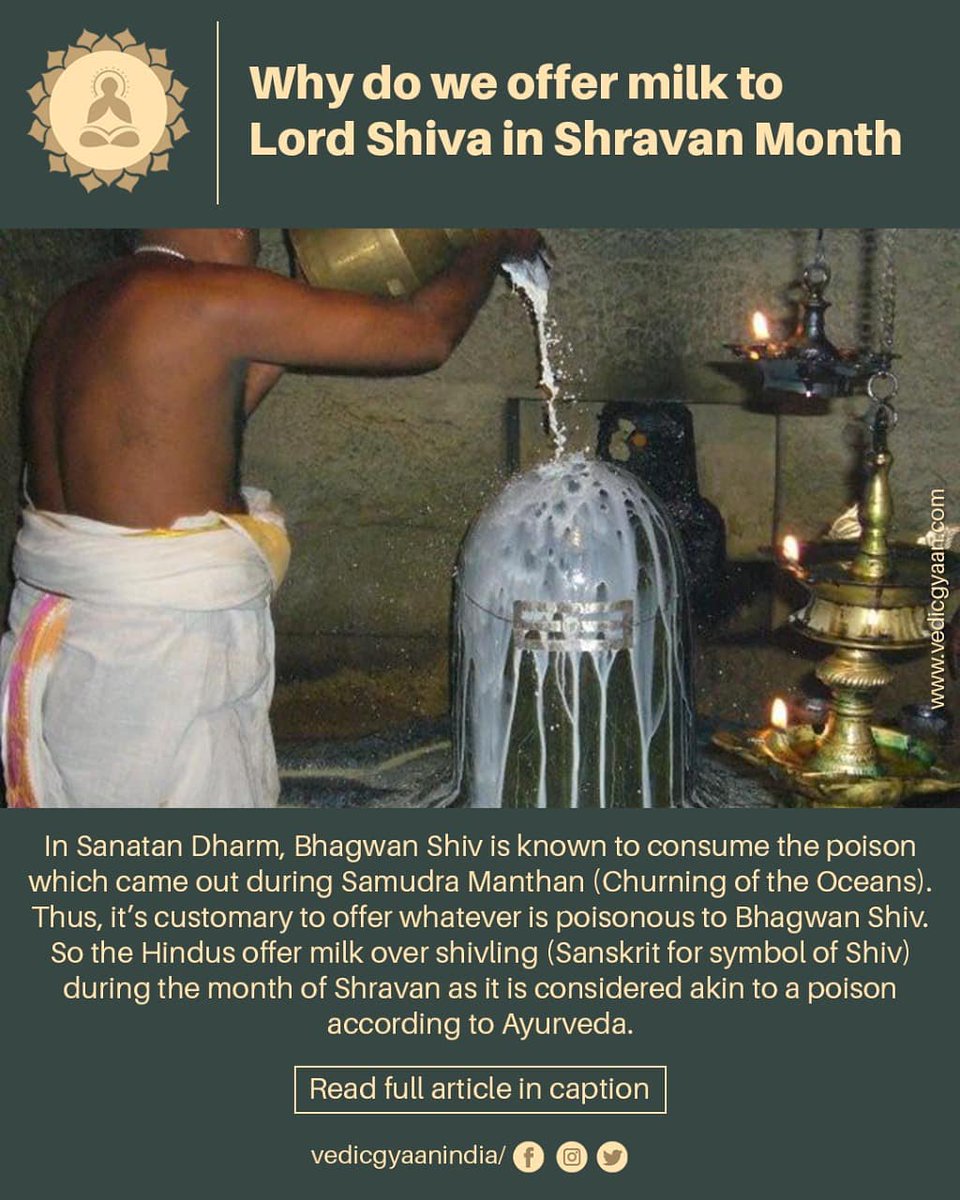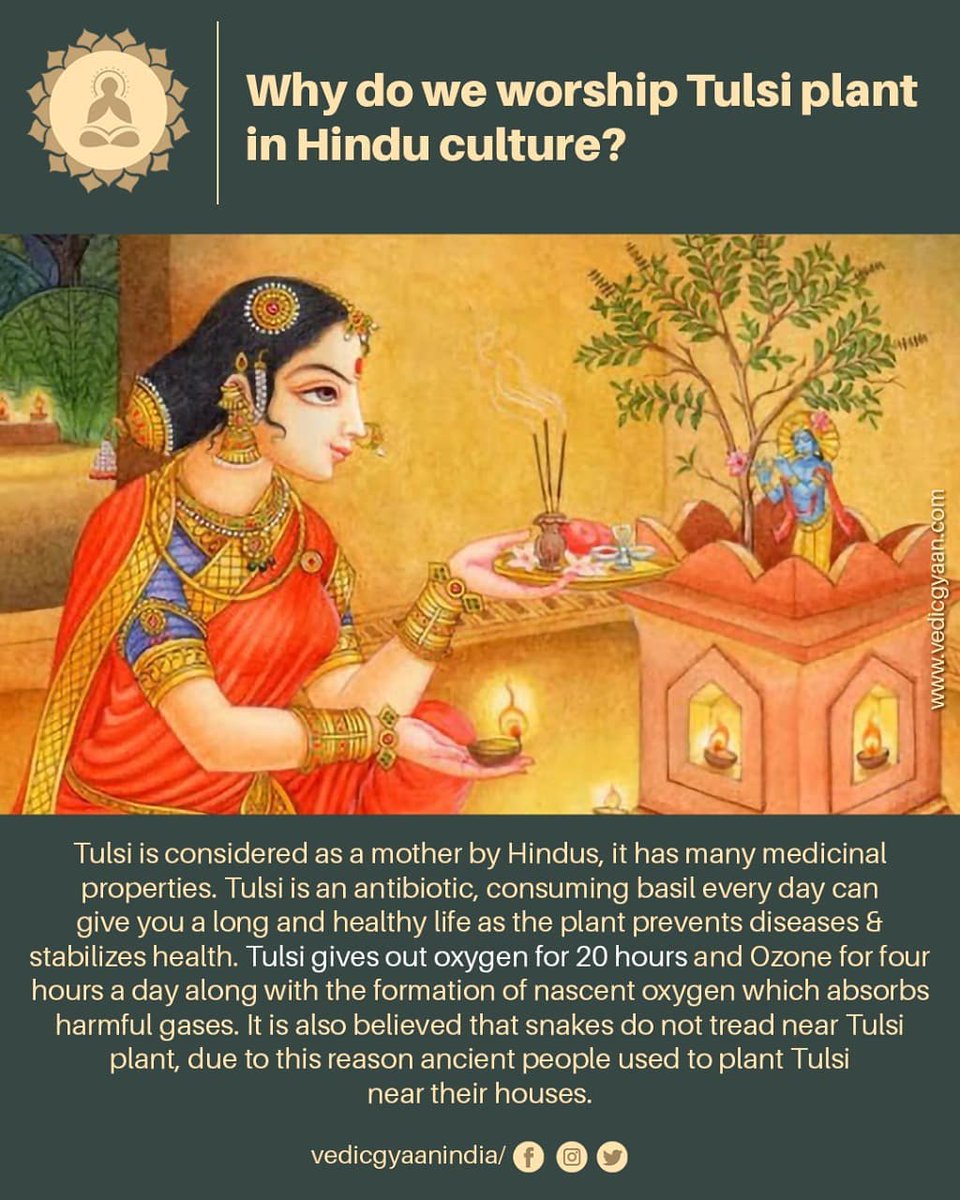
"Gajendra Moksha" a prayer, addressed to Lord Vishnu by Gajendra, the King Elephant, is one of the most magnificent hymns of bhakti from the Bhagavat Mahapuran, embellished with the jnana and vairagya of the Upanishads. It is a legend from the 8th Skandha of Srimad Bhagavatam 

where Lord Vishnu comes down to earth to protect Gajendra (King Elephant) from the clutches of death of a Crocodile. The story runs as follows. In one of the secluded valleys of Mount Trikota, which was surrounded by the Ocean of Milk and intersected by lakes and rivers of
various sizes and shapes, there was a beautiful garden that belonged to Varuna, the Lord of the oceans. Once a family of elephants, which inhabited the forest on the mountain, entered the garden led by their mammoth chief, Gajendra, and made it to a big lake in it to drink water
and cool themselves. As soon as Gajendra dipped his feet in the lake, a crocodile clutched at one of his feet and started dragging him into the water. The cow-elephant and other fellow elephants seeing their leader in distress pulled Gajendra forcibly but they were unable to
extricate him. The long fierce tug-of-war left the unfortunate victim exhausted in body and spirit. When all hope of rescue faded away and death was staring at his face, Gajendra turned his thoughts to the Lord and recalled to his mind a hymn that he had learned in his previous
life as virtuous Pandya King which he had forgotten in his present animal body. He recalled that hymn now with great feeling. praising the Lord for his many mercies and ended with a prayer to Him to Listen to his cry of distress and save him.
The world is an illusion in which we all are trapped. Time is running out and our only way to achieve salvation is through devotion. Here in this picture, the elephant depicts every living being in this world, the crocodile is the illusion we call life, the water is the time
passing and Lord Vishnu is the salvation. The illusion traps us to death while time passes by. Our only means to attain salvation is through devotion depicted as a flower (here)
• • •
Missing some Tweet in this thread? You can try to
force a refresh









